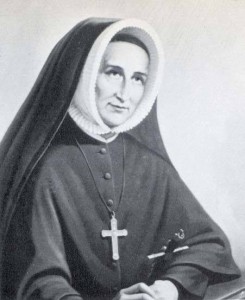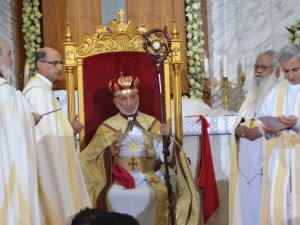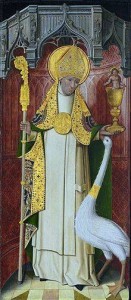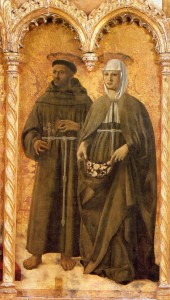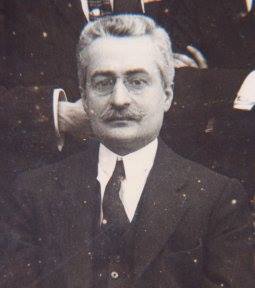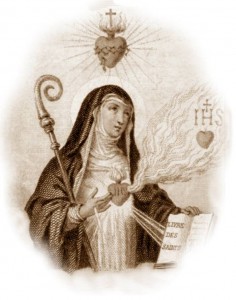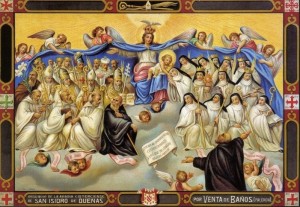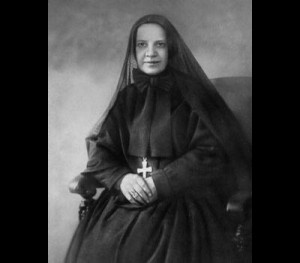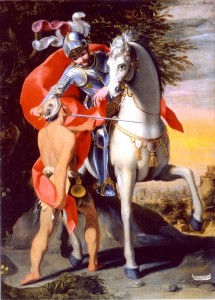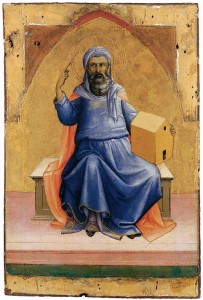 Today, November 18th, the Roman Martyrology notes the liturgical remembrance of Patriarch Noah. Biblical history tells us that Noah was the son of Lamech, and ninth patriarch of the Sethite line, who, with his family, was saved in the Ark from the Deluge, dying 350 years later at the age of 950. Noah was the Father of Sem, Cham and Japhet.
Today, November 18th, the Roman Martyrology notes the liturgical remembrance of Patriarch Noah. Biblical history tells us that Noah was the son of Lamech, and ninth patriarch of the Sethite line, who, with his family, was saved in the Ark from the Deluge, dying 350 years later at the age of 950. Noah was the Father of Sem, Cham and Japhet.
In Western and Eastern Christianity we note that there is developing of “master-theme” of covenant with Noah as a method and a way to explain the relationship God has with humanity: a covenant is the deepening of what it means to belong to the family of God. With the person of Noah a new covenant was made with humanity by the image of a new creation formed after the great flood. In the flood God “rewrites” the original covenant made with Adam and Eve. It is God who completely obliterates, He drowns the blood line of Adam. Noah enters into a deeper relationship with God. Through Noah we have a man who “walked with God” and “found favor” with God, in many ways Noah is a new Adam.
In biblical theology, there are several covenants and a variety of meanings of what a covenant in the OT means. And, of course, the Catholics (and Orthodox) speak of a NEW, and unique covenant made by Jesus at the Last Supper. In brief, a covenant has, as Scott Hahn indicated, familial, legal and liturgical elements. The Last Supper has all of the elements of the past and a newness not seen before. But the point here is to look at Noah as a precursor to the Lord in generating something new and pointing beyond the “now.”
In the Catechism of the Catholic Church we read about The Covenant with Noah:
After the unity of the human race was shattered by sin God at once sought to save humanity part by part. The covenant with Noah after the flood gives expression to the principle of the divine economy toward the “nations”, in other words, towards men grouped “in their lands, each with [its] own language, by their families, in their nations”.
This state of division into many nations is at once cosmic, social and religious. It is intended to limit the pride of fallen humanity10 united only in its perverse ambition to forge its own unity as at Babel.11 But, because of sin, both polytheism and the idolatry of the nation and of its rulers constantly threaten this provisional economy with the perversion of paganism.
The covenant with Noah remains in force during the times of the Gentiles, until the universal proclamation of the Gospel. The Bible venerates several great figures among the Gentiles: Abel the just, the king-priest Melchisedek – a figure of Christ – and the upright “Noah, Daniel, and Job”. Scripture thus expresses the heights of sanctity that can be reached by those who live according to the covenant of Noah, waiting for Christ to “gather into one the children of God who are scattered abroad” (56-58).
